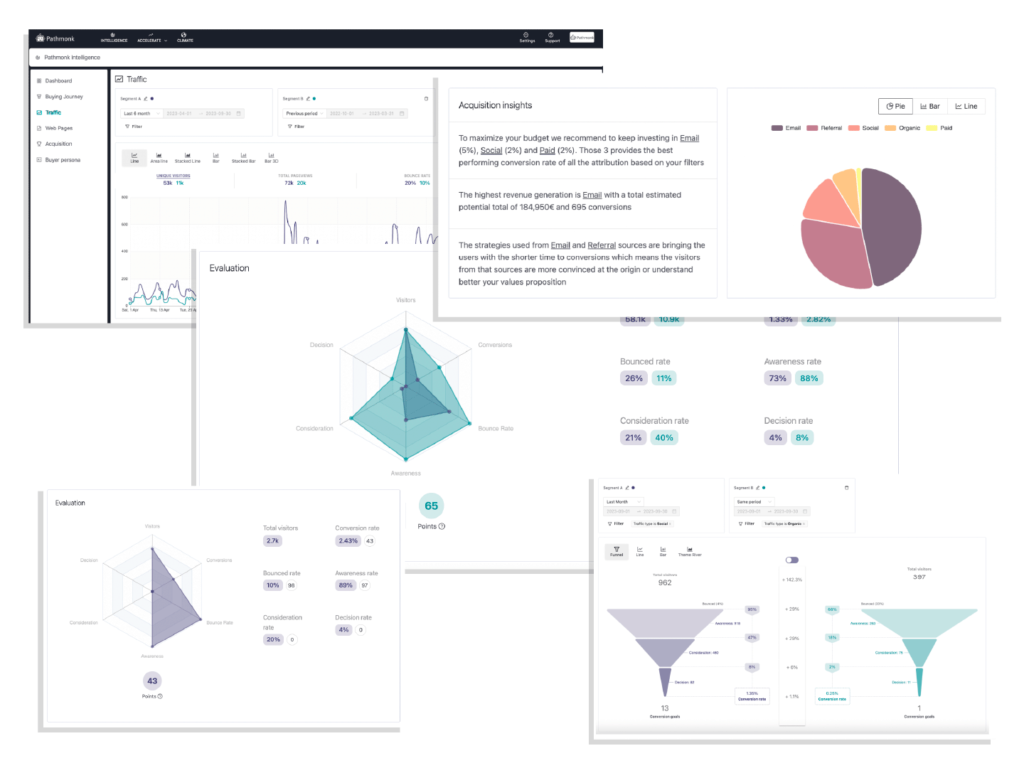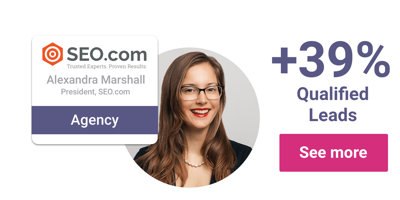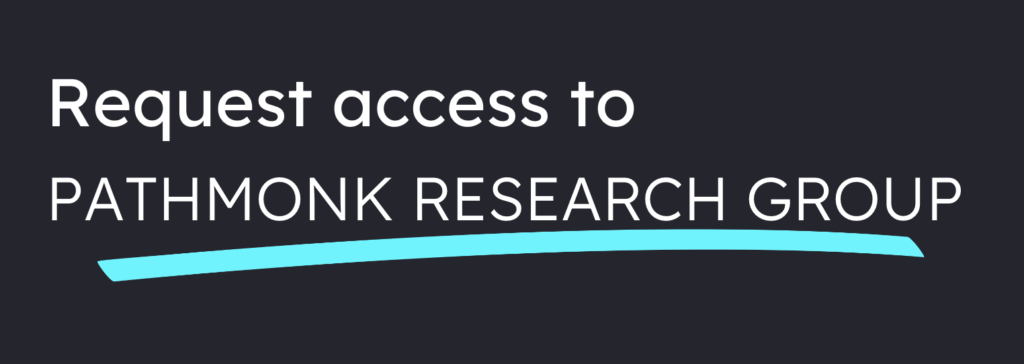How to Make Better Lead Generation Landing Pages

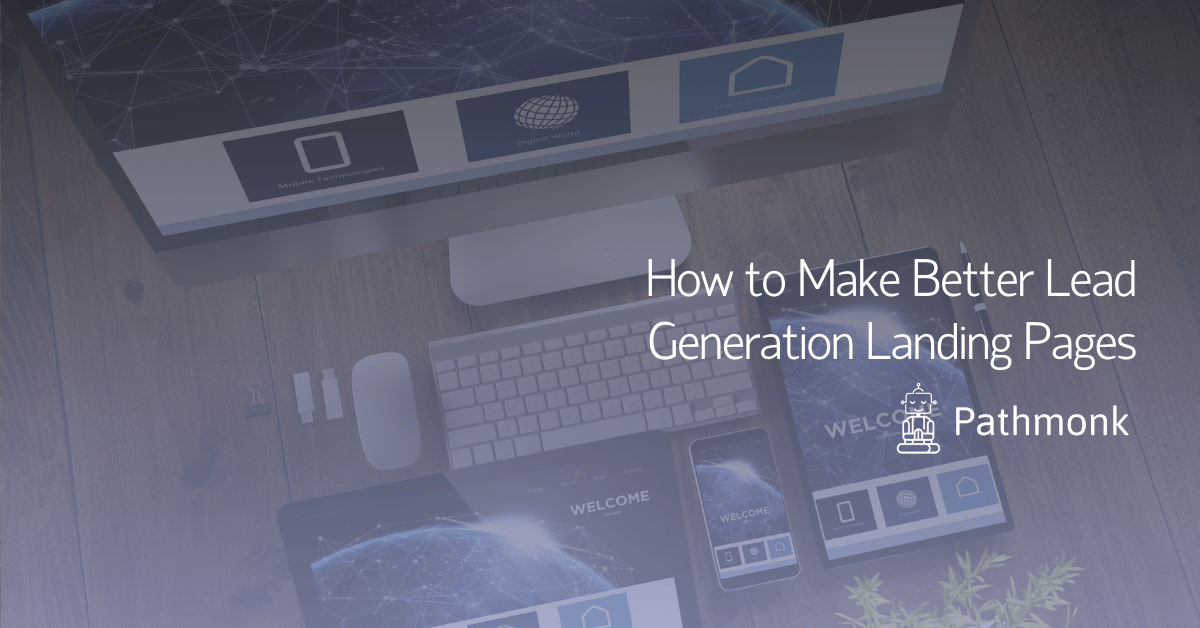
Lead generation is one of the key elements of good online marketing practice. It’s a versatile principle, and it can be applied to your webpage itself, as well as the content that the page contains. One of the easiest and simplest ways to implement lead generation for your business or your clients’ marketing is through lead-generation landing pages.
Landing pages are often the first thing your audience sees of your business. As such, they’re a fantastic opportunity for generating leads. Leads come in all shapes and sizes. As such, it’s best to approach lead generation landing pages from a perspective that allows you to generate as many as possible with a generic strategy.
What is a Landing Page? Why are they Important?
A landing page is like a digital shop front. Often, it’s the first thing your audience sees of your business or your client’s business. They can make or break the user experience of your website. It’s a crucial element of good branding, and you need to ensure that your landing page is as strong as the rest of your website, if not more so.
With a good landing page, you can drive more traffic to a business. This is especially true when the landing page is constructed with good SEO practice in mind. An SEO-optimized landing page can totally transform the success and reach of a business and help you generate more leads, as well as improve conversion rates.
Almost 70% of B2B businesses use their landing page as the primary means of lead conversion. This is why your landing page cannot be simple or bare-bones. It can be minimalistic, but you must ensure that your landing page is designed with SEO and marketing principles in mind. Otherwise, you’re wasting a golden opportunity for passive lead generation.
Free AI-Powered Buying Journey Toolkit
Learn how to optimize your buying journey and speed up your revenue with top strategies and invaluable resources.
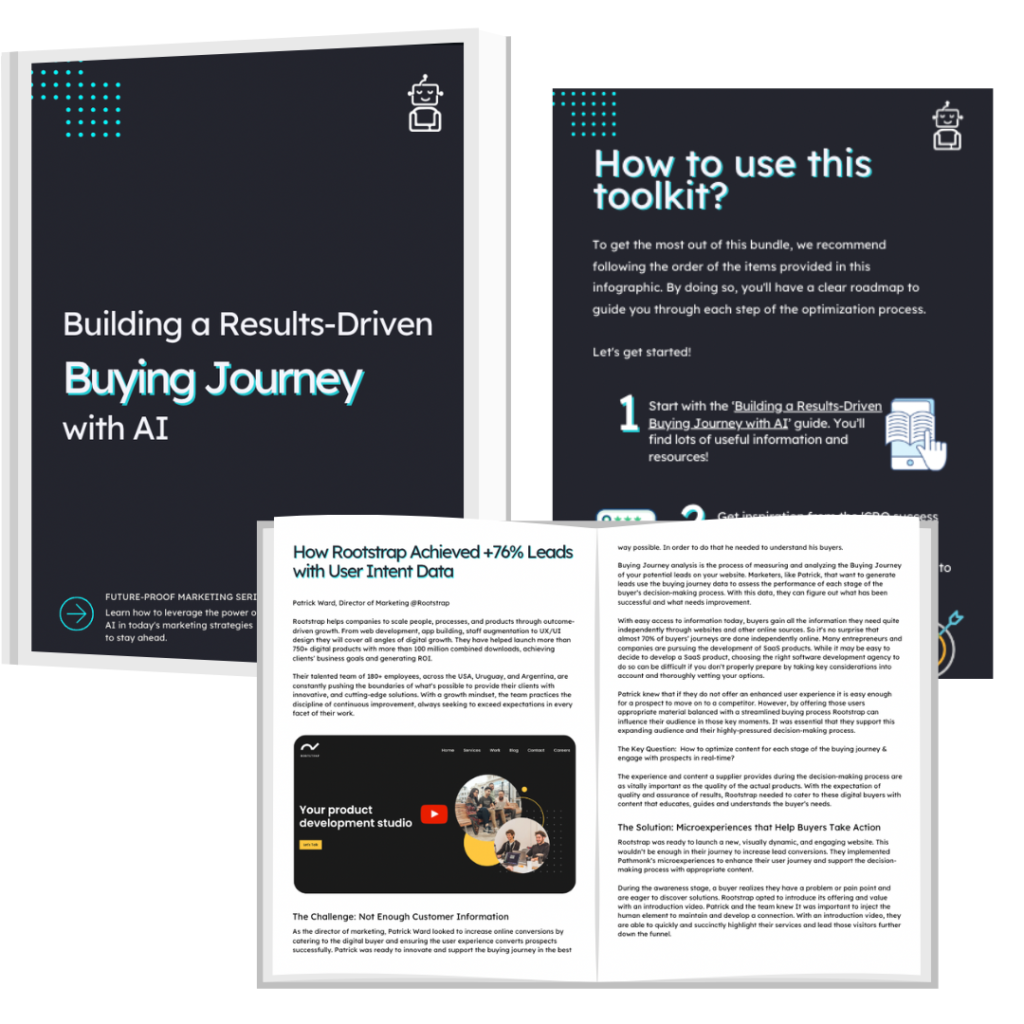
The Importance of Lead-generation Landing Pages
As discussed above, it’s not enough to have a landing page that simply displays information about your company or your client’s business. The landing page needs to give your audience an opportunity to engage more with your business or products. Linking to the homepage is often utilized by business owners as a means of improving their SEO rating, but this is simply wasting an opportunity for generating better leads in the future.
Build a landing page that genuinely generates quality leads, and the results should speak for themselves. By employing lead generation landing pages best practices, you may see some incredible changes in the traffic and attention your business receives from the public. This can result in long-term passive growth. There are plenty of ways you can increase the growth of your business, and much of your success in this field is the result of your mindset and approach towards marketing in general.
Providing your users with a fantastic experience on your website is a must if you want to optimize the lead-generating potential of your site. You’d be amazed by how providing a great user experience can result in better sales and conversions. If this is something that feels foreign to you, read on. This article discusses landing page best practices and how to build landing pages that convert.
Lead Generation Landing Pages Best Practices:
Lead generation best practice for your landing page can make all the difference when it comes to conversions. By employing some of these strategies for your landing page, you should see an enormous difference in the way your audience interacts with the page and your product more generally.
Focus on the Product or Offer
A landing page that generates the most leads generally focuses on the product and selling it to the audience. Spending too much time on the company is often boring to the audience. They aren’t usually on your landing page to find out about the business, after all. You can provide this information in an ‘about us’ section instead.
Forms are Short and Easy
If your landing page features sign up forms, you should ensure that they are short and to the point. Including lengthy forms on your landing page takes up far too much space, and they can look intimidating to your audience. If you need more information from clients or customers, you can include this in more direct communication at a later stage of the sales process.
Address and Know your Audience
A landing page that is too general may not generate many leads. While your page shouldn’t be too niche, it doesn’t need to address everybody, either. Find the sweet spot between a page that is accessible and one that your audience is going to appreciate. Knowing your audience is a crucial part of this.
Collect Information About Customers
Understanding your audience or target demographic is an ongoing process, and your landing page can actually be an important part of this. If you use your landing page to collect information during the onboarding process, you can use it in the future to produce better content and convert more sales.
Linking to Social Media
If your audience is interested in your product or your client’s product, they want to know more about it. One of the best and easiest ways to generate better leads is by linking to your other social media channels or accounts on your landing page. This is something that many clients or customers expect from service providers nowadays, so they may automatically search for links to your other accounts when visiting your landing page.
It might seem counterintuitive to link your audience away from your landing page, but there’s a reason for it. Not only does it help your brand appear less aggressive and sales-focused, but your social media can also be a lead-generating tool in and of itself. By including your social media accounts on your landing page, you can drive your audience to these accounts and give them an opportunity to learn more about your product.
Thank Users After the Registration Process
Your landing page might utilize registration forms as part of an onboarding process. If it does, be sure to thank users after they register. It’s polite, and it lets them know that they’ve completed the process fully. This engenders your audience or your client’s audience with a greater sense of trust in your business and eliminates any ambiguity in the registration process.
How to Make Landing Pages that Convert
When you build your landing page or develop a landing page for a client, your aim should be to make something that can convert. There are several characteristics of a great landing page that give the page a better conversion rate. Among other things, it’s important that the landing page has a sense of personality and purpose. You should know what you want the page to communicate and achieve before you even start working on it.
Another key element is building a page that is easy to read and use. Keep text on the page light and to a minimum. If you overwhelm your audience with text, they may find the page confusing or boring and click away before they’ve read through the entirety of your content. Using light colors also helps with making the page ‘feel’ easier to read overall.
Including a handful of testimonials can be very helpful, too. Testimonials are often an underlooked way to build up the legitimacy of your brand and attract more attention to the page. If your business or your client’s business has some positive testimonials, don’t be shy. Show them off! Positive testimonials help your audience feel more comfortable with whatever you’re selling and reduce buyer’s anxiety.
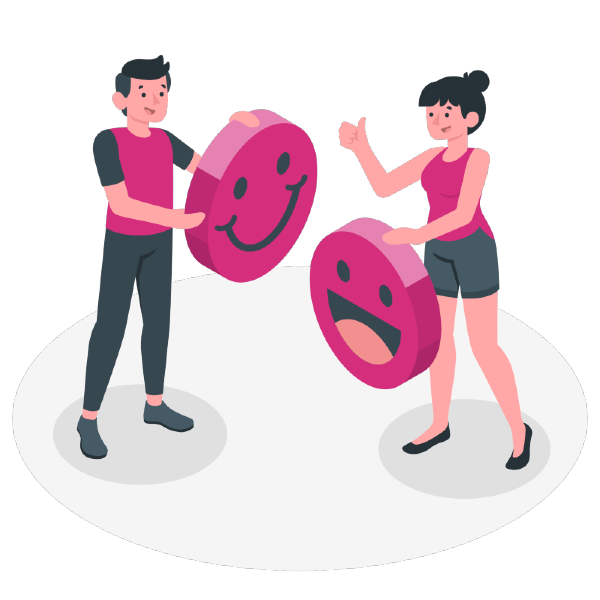
Other Characteristics of High-converting Landing Pages
There are certain features that almost all high-converting landing pages have in common. For one, they tend to display a very strong Call-to-action (CTA). The importance of a great CTA cannot be overstated in marketing and sales. With a great CTA, you can provide your audience with the opportunity to engage with your product once you’ve shown them why they need it.
High-converting landing pages are generally informative without being overwhelming. To achieve this, you want to focus on the benefits of the product or company. You don’t need to include swathes of information. Simply highlight why the product is worthwhile and list some of its best-selling points.
Limited offers are another feature that many high-converting landing pages tend to display. These are especially effective when seasonal or tied to public holidays or events like Christmas and Easter. Combining offers like these with your CTA (in the form of a link, for example) is an especially effective way to drive your conversion rate up. You can use resources that estimate the conversion rate of your webpage if you’re in any doubt.
Having a strong landing page that focuses on lead generation is vital for any business with a website. Whether you’re a small business owner or marketer, ensure that the landing page of any website you work with is tailored towards generating better leads and conversion. The results can be transformative, and most of these changes are very simple to implement.
Intuitive Cookieless Analytics for Your Web
Understand your customer journey, find drop-offs, and receive actionable insights with AI.
